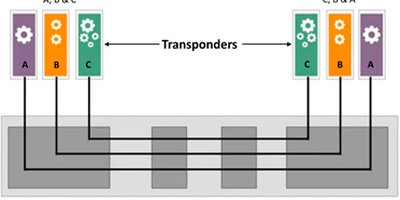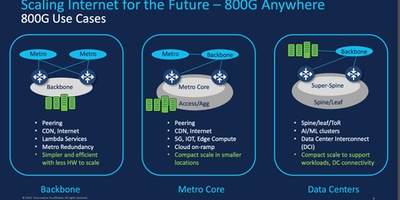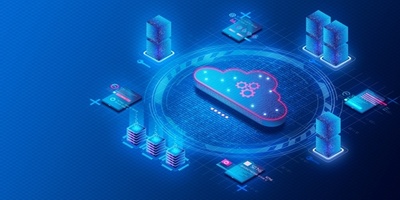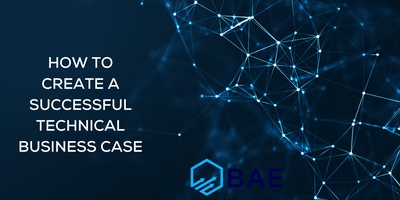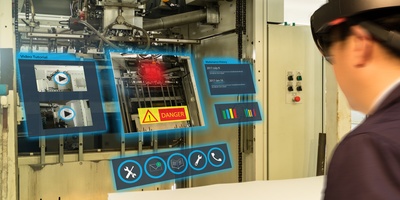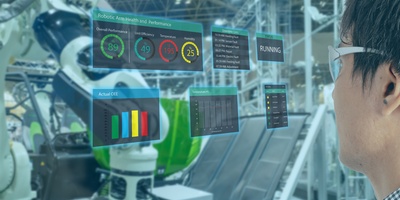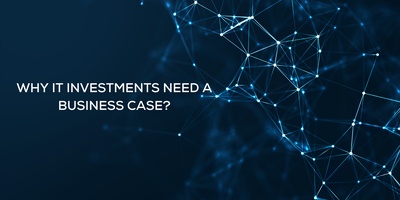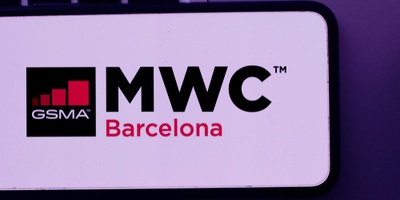Key Messages: Ultra-Broadband Forum and the Autonomous Network Summit, Bangkok, 2022

I attended the Ultra-Broadband Forum (#UBBF22) in Bangkok, Thailand in October 2022 and the associated TM Forum summit on #autonomousnetworks. UBBF is a yearly executive-level invited event sponsored by the UN Broadband Commission for Sustainable Development and Huawei.
This year the UBBF theme was Strive for UBB 5.5G, which kicked off the UBBF 5.5G Bangkok Initiative. 5.5G is looking to be a broad standard for fixed networks in the way that 5G is for mobile networks.
The Autonomous Networks Summit presentations and discussions cemented that achieving Level 3 AN is well within reach and that a sustainable process with some technological advances should get CSPs to Level 4 autonomous operations in the 5.5G timeframe. But many challenges remain.
Here are the highlights and my opinions.
UBBF and the 5.5G Bangkok Initiative
5G is for mobile but also being applied to certain parts of fixed networks. However, it is mostly silent on the underlying transport technology standards. ETSI introduced a new 5.5G concept for fixed networks to fill that void. It is faster (>50Gbps PON to support the much larger bandwidths needed for VR and massive data movements), more predictable (engineered with SRV6 with very low digital jitter, key to person-to-machine interactions), easier and less expensive to install (longer optical runs with greater fiber spectral usage and flexible deployment scenarios), and more energy efficient. A good review of the concepts is available here.
As was pointed out in several presentations, explicitly and implicitly, 5G is a well-accepted standard formed through tremendous cooperation among the key standards development organizations (SDOs), especially the 3GPP, ITU, and GSMA. The SDOs for fixed networks are not as well coordinated (the ITU, BBF, CCSA, and ETSI being mentioned as key), as was demonstrated in the various talks about F5G, F5G Advanced, 5.5G, eFFB, and others. The Bangkok Initiative seeks to address that problem with another set of standards, powered by ETSI.
MyTake: We shall see. As we used to say in standards work (I ran Network and Service Management standards work for AT&T for seven years in my Bell Labs days), “Standards are wonderful, everyone should have one.” It is a laudable goal. The Bangkok initiative ceremony had representatives from many of these standards groups on stage for its official launch. I am hopeful, and will monitor as it progresses.
TM Forum Autonomous Networks Summit
The TM Forum held an invitation-only summit on #autonomousnetworks. It was attended by over 200 people on site and about 2,000 online, showing tremendous interest in this subject in the industry. Talks from the very advanced China Mobile, which has been leading the charge to implement autonomous network operations and driving the growing number of participants in the AN specification, to AIS from Thailand, which has only recently started its journey. MTN also described its progress so far. I gave an analyst’s viewpoint of the long history of the AN concept that has guided very successful operations automation in many parts of the industry for over 40 years. I opined that what is different now is that we have for the first time:
- The software technology to automate end-to-end processes in an agile way from a number of leading vendors,
- Network elements (especially virtualized network elements) that are capable of a large degree of configuration and control by external software via APIs specified by the TM Forum and other leading SDOs,
- A mindset change that looks beyond lowest first-cost equipment with minimal operational capabilities. Today, CSPs are more likely to embrace added equipment architectures and features that make the equipment easier to plan, engineer, install, configure, reconfigure, and maintain,
- A repeatable, sustainable, commercially available transformation process to bring a CSP from wherever it is to AN Level 3 and beyond. It was this Huawei process that was behind the success of the presenters and many other CSPs.
The official release ceremony for the fourth iteration of the Autonomous Networks white paper, Autonomous Networks: Empowering digital transformation from strategy to implementation was held during the summit. The document is publicly available as IG1305.
Presenters also had a vibrant roundtable session on the current state of the AN concept in the market, the adoption profile in CSPs, and the probable evolution directions of the concept.
MyTake:It is very gratifying that CSPs are implementing many of the principals that our industry has dreamed of for over 40 years. However, I believe achieving ubiquitous Level 4 autonomy, (which requires a fair dose of closed-loop operations) and beyond will require technological enhancements and some breakthroughs:
- More definitive AN Level Definitions.Via a “I know it when I see it” approach, we can certainly differentiate between AN L2 and AN L4, but there is little justification for why something would be L2.3 vs 2.5, for instance. This is a difficult problem. The desire to assign certain values of operations KPIs to the AN levels seems like a good approach (e.g., provision a customer IP-VPN in 3 minutes), but the optimal business value may not be achieved by going to a very high level of autonomy in a given instance (maybe doing it in 3 hours instead of 3 minutes is perfectly acceptable to a customer). Customers’ desires and competitive positioning should drive the desired values, considering the cost of meeting that KPI parameter value.
- XAI. AI/ML systems capable of explaining the “why” behind a recommendation. This is still in the research stage.
- Digital twinsand sandboxes where we can try out the recommendations before implementing them. Significant progress is being made in this area.
- Intent-based interfaces.The layering of operations oversight and control will only work cleanly when the interfaces between business-to-service, service-to-network, and network-to-resources are good intent-based interfaces. This is because such interfaces would allow the upper layers to only worry about what and not how the intent is being met (both now and five minutes from now when the network and service conditions change). These are hard. We will probably live with relatively static template-based approaches for quite a while before we can implement the full range of dynamic optimization that we all desire from the AN architecture.
- AI wrangling.We know the AIs need to be retrained, but how often and when? And how do we ring-fence the actions of an AI to ensure that they do not exceed their desired scope of actions (i.e., do something really stupid that messes up the network and the services)? Also, how do we create a negotiated equilibrium among the many AIs, each trying to optimize its own part of the network, the services, and the operations to achieve a globally optimized balance?
- Life-cycle costing.We have made strides, but even those that have adopted a more total cost of operations approach often do not consider the other important competitive parameters such as operations speed (how fast do we fix a problem or implement a service request), operations agility (how many new services per year can a CSP launch, and how easily can they make changes to the offering to optimize uptake and customer satisfaction (as measured by NPS, for instance). Moving to what I call this total business value viewpoint will take some time and effort.
- Management structures and rewardsthat properly reward managers and technicians in operations where many of the moment-to-moment and day-to-day decisions will be made by machines, as well as rewarding the technicians who are being asked to automate what they formerly did themselves. We are still figuring this all out.
Summary
It was a great couple of hours, well-presented and well-received. I am looking forward to seeing where we will be this time next year. Will the UBBF 5.5G gather behind itself the various stakeholders and SDOs to push as a key standard? How much progress will we make on the big AN issues in the next year? Or will we get tired of these buzzwords and shift our attention to something novel?
MyTake: I believe these are existential issues for CSPs because of the growing competition from hyperscalers, nontraditional service providers, and each other. I hope for the best. I summarized my views on autonomous operations with the phrase,
As a CSP running a business, you may not want to be the first in your market to implement autonomous network operations, but you certainly don’t want to be the last.
Contact Mark Mortensen at mmortensen@acgcc.com for more infomation.




